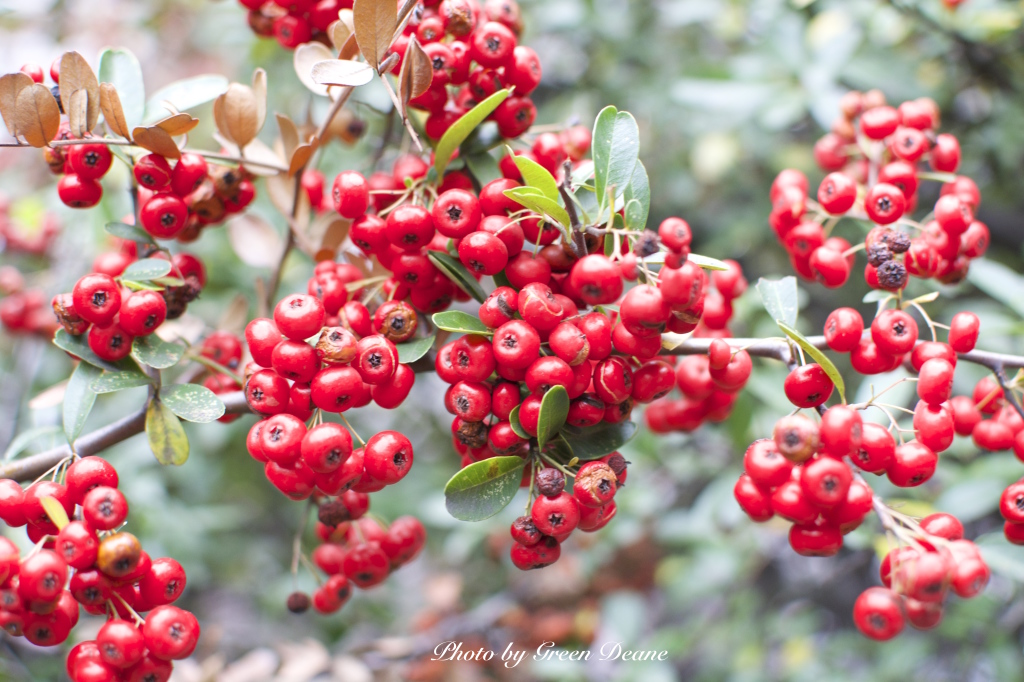
Pyracantha berries look more appealing than they taste but can be made into jelly. Photo by Green Deane
Forced vacations can turn into a busman’s holiday so when I was in Savannah, Georgia, for three days I couldn’t help but notice the edible species one could see while walking around the historic city.
In full fall fury were Pyracanthas, their brilliant red berries covering wrought iron fences riverside along Bay Street. Like many species in that family the Pyracantha has a small amount of (glyco-) cyanide in its seeds so they are not eaten. And the pulp of the berry has the texture of an overripe apple with a hint of that pome’s flavor. So they are usually processed into jelly, syrup or even wine. Fortunately we don’t have to remove the seeds before processing the berries. You can cook the berries seeds and all but then have to strain out the seeds. Also know that while in northern climates the Pyracantha fruit once a year in warmer climates they can fruit twice. To read more about the Pyracantha go here.
My most significant surprise in Savannah was while rummaging around Colonial Cemetery. Besides a lot of noteworthy people being planted there it is also the site of a large Ginkgo tree. I would call it maturing but as they live to be thousands of years old identifying exactly when a tree is mature is a bit iffy. However, they do fruit when fairly young. All the Ginkgo trees I have seen in North American have always been on the young side even when fruiting, around 12 to 15 feet. This specimen was approaching 35 feet and was in attractive fall foliage. The bark resembled an oak and had a few holes where the insect-eating birds had scrounged for lunch. Historically the first US ship to go to China and back was in 1784-85 thus it is doubtful there are any Ginkgo trees more than 330 years old or so in North America. However, some Ginkgo trees were reportedly planted in Augusta, Georgia as early as 1801-02 in honor of George Washington. To read more about the Ginkgo go here.
One discovery found under my feet was Swinecress. It is strictly a wintertime species in Central Florida but as I was some 300 miles farther north it was easy to find under underfoot. Also along the streets were Pony Foot, Florida Betony, Pellitory, and at least two species of Oxalis, the smaller native yellow-blossomed Oxalis and the larger pink-blossomed one from the Caribbean Islands. Swinecress is pleasant and quite tasty, always a pleasure to harvest. It is also nearly impossible to mis-identify. The only other species that comes close to it — and remotely so only because of the seed arrangement — is Goosegrass, a velcro-like spring-time edible. To read more about Swinecress go here.
Another wintertime visitor I have yet to spy locally this season is Henbit. In Savannah it was actually flowering. Further north it is a spring-time species. Here it likes the cooler winter. In the mint family it’s unlike many of the southern winter or north spring greens. It is mild to sweet in flavor, not peppery, bitter or sharp like many seasonal greens can be. The square stem, scalloped leaves and mint blossoms help in the identification. To read more about Henbit and it’s relative the Dead Nettle go here.
One of my Savannah mysteries is what appears to be a Yaupon Holly, the one the natives used for a caffeinated tea or as a decoction an an emetic. I say it “looked like” because the leaves were right but it had more berries than one usually sees on a Yaupon Holly locally. Such red sprays are usually found on the Dahoon Holly. The bark looked more like a Dahoon Holly than the Yaupon but the leaves were wrong for a Dahoon Holly. So it is a temporary mystery tree, looking close to a Yaupon Holly but not exactly enough for a good identification. Perhaps it is some other holly. To read about the Yaupon Holly go here.
On my last day in Savannah I did manage to barely get into South Carolina by visiting the Savannah National Wildlife Refuge, which in places is a sea of cattails. No starving there. Saw true thistles — nice edible roots — dock and seeding plantagos. They looked European but I did not dig out the taxonomy books to make sure. Our native plantagos are past season. A few hundred miles can make quite a difference. When I was young growing up in Maine we viewed a hundred miles as two weeks of weather. So 200 miles south they were a month warmer into the season, and two hundred miles north they were a month cooler behind us. This also affects the length of the growing season. Indeed, they raise tobacco in Connecticut. The Solanaceae species they settle for in Maine is potatoes.
I am often asked about herbal medicine. My answer to the inquirer is often the question: Are you a cook or a baker? Their answer is instructive.
While one person can be a good cook and a good baker they usually are not both. Usually one is a very good cook and a mediocre baker or a very good baker and a mediocre cook. Why? They are two different mind sets, as can be foraging for food and herbal medicine.
Cooking tends to be more flexible than baking. If a recipe calls for a cup of water many a cook will try a cup of wine, or milk, or beer. If a recipe calls for liver emu might work. There can be experimentation and non-directed creativity. Bakers are more like chemists. They follow recipes and often they must do so carefully or they end up with a mess. When a baking recipe calls for a certain size pan, a certain temperature of the sugar, and a specific amount of time in the oven, it means exactly that, no taking liberties, no changing ingredients, no changing the size of the pan, follow the recipe exactly or the chance of failure increases greatly. Dionysus and Apollo, creativity, restraint. Foraging and herbalism are so cleaved. I happen to be a genius cook but an imbecile baker. My mother was horrible at both. For us TV dinners were gourmet, fast food take out was a god send, and when I joined the Army the mess hall food was so good in comparison I thought I had died and gone to heaven.
There is another separation between forager and herbalist. I spend a lot of time and care to make sure the plant I have eaten does not remind me that I ate it. I want to enjoy it and move on. I do not want to be reminded in an hour or two or more than I consumed it. An herbalist has a very different point of view. They want the plant to do something after its use. In fact, often they are counting on it, and sometimes quickly, too. Where I just make sure I’ve got the right plant and preparation, they have preparation, dose, and effects to consider. For the herbalist it’s like baking or being a pharmacist: Know you materials, use them in a particular way, create an effect, and measure the effect. It’s really the difference between the chemist and the artist.
So yes, I know many herbals plants, and make it a point to mention herbal uses of plants particularly when confirmed by modern research. But I am a forager, not a herbalist. And I suspect mushroom hunters have to be even more dedicated to detail than herbalists. Then again, if they are not, it is a self-correcting problem.
Upcoming classes: Saturday, January 3rd, Mead Garden: 1500 S. Denning Dr., Winter Park, FL 32789. 9 a.m.; Sunday, January 4th, John Chestnut State Park: 2200 East Lake Road, Palm Harbor, FL 34685, 9 a.m.; Saturday, January 10th, Wickham Park: 2500 Parkway Drive, Melbourne, FL 32935-2335, 9 a.m.; Sunday, January 11th, Dreher Park, 1200 Southern Blvd., West Palm Beach, 33405, 9 a.m.; Saturday, January 24th, Red Bug Slough Preserve, 5200 Beneva Road, Sarasota, FL, 34233, 9 a.m.; Sunday, January 25th, Bayshore Live Oak Park, 23000 Bayshore Rd., Port Charlotte, FL 33980, 9 a.m., meet at the parking lot at the intersection of Bayshore Road and Ganyard Street. For more information about classes click here.
Eat The Weeds On DVD. My foraging videos do Plantagos and scores of other edible plants. The set has nine DVD. Each DVD has 15 videos for 135 in all. Some of these videos are of better quality than my free ones on the Internet. They are the same videos but many people like to have their own copy. I burn and compile the sets myself so if you have any issues I handle it. There are no middle foragers. And I’m working on adding a tenth DVD. To learn more about the DVDs or to order them click here.
On the Green Deane Forum we post messages and pictures about foraging all year-long. There’s also a UFO page, for Unidentified Flowering Objects so plants can be identified. Recent topics include: Ginkgo Tree, Flint Knapping, Squash? Hawthorn Catsup, Your Traditional Thanksgiving, Paw Paw Seeds, Flint Knapping, Dried Persimmons, Tell You Love Them, Indian Pipes, Amaranth, Mushrooms: Winter Is Here Six Weeks Early, Chicken of the Woods, Coco Plums? Bush has THorns, Acorns All Colors And Sizes, Turn On The Water, Nanoscopy, Puff on This, Lab To Determine Plant Composition, Orange Red Berry, Atlatl, Odd Trees, and a Grinder for Tough Roots. The link to join is on the right hand side of this page.
Now is the time too to think about going to the Florida Herbal Conference in late February, organized by Emily Ruff. I’ve taught edible plants there for the last three years and will be there again this year. In fact I plan to spend a lot of time there. It’s a must for all southern herbalists and well as those northern ones who want to escape the cold and study their craft in the dead of winter. It always has interesting speakers and great classes. For more information and to register go here.
If you would like to donate to Eat The Weeds please click here

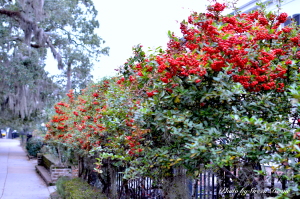
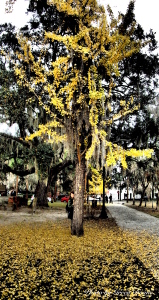
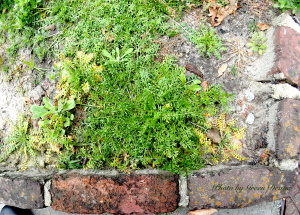
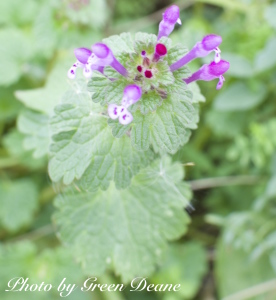
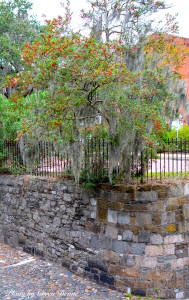
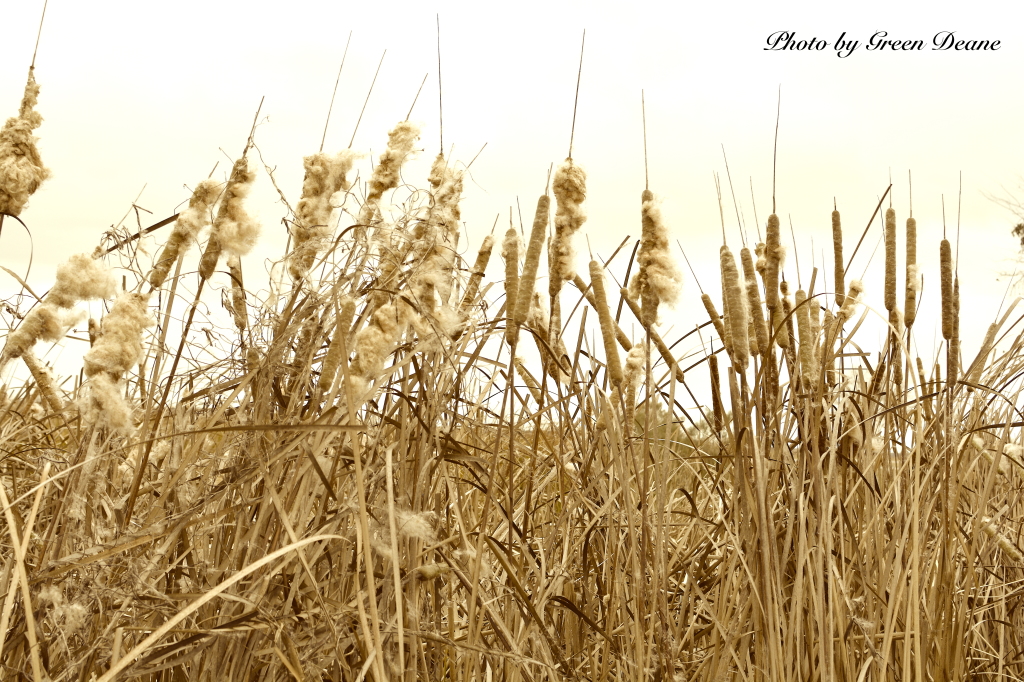
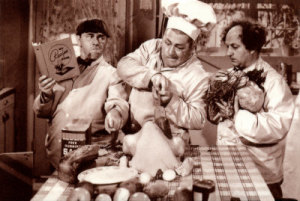
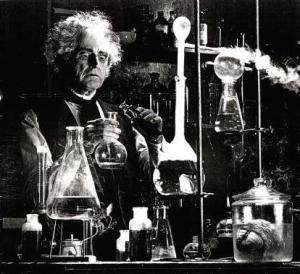
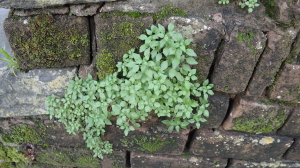
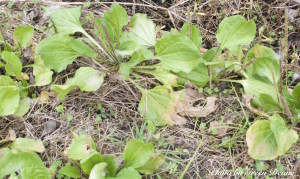
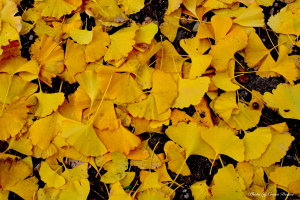
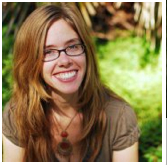

Hi there!
Just wanted to say how grateful I was to find your videos over a year ago. I live in Auvergne, Central France and had bought an edible weeds book, which is great…but in French ^^ I found the ability to identify new finds online a real boon, plus you really show the plants as they are, not some fancy excerpt. So far we’ve identified and eaten 36 species in our garden. I just love how the varieties change with the seasons. It’s the first year in this new (EMF free) home so now I know what’s what I can start reaping and drying things. BTW I agree about the cook/baker thing…I’m one of the inbetweenies 🙂
Keep up the wonderful mother earth’s work…I think we’re really gonna need these skills in the future, just like they did in the past.
Love n light
Louise
Hi,
the oldest ginkgo in the USA is in Bartram’s garden, Philadelphia – planted 1785… but sent from England not directly from China:
http://www.bartramsgarden.org/plants-are-our-history/living-collections/
love to see it,
continuing thanks for an always enjoyable and informative newsletter
Brian
Thanks, that’s interesting.
HI, Thanks for sharing your newsletter. I am hoping to join you on a mushroom talk or hunt sometime when you are in our area. I live near Palatka or Deland.
I enjoyed your observations on edibles in Savannah. I am fascinated by gumbo trees. They are so beautiful. You mentioned the fruit but didn’t mention that only the female had fruit, I believe, and it smells bad. Is it edible?
Let me say a word on foraging: food and herbal medicine and the comparisons you have successfully made including baking, cooking, chemistry etc. I think people in general tend to seek answers and advice from those gifted with good experience, knowledge and above all wisdom. They expect satisfactory answers from talented people who have gained useful integrated knowledge on a subject which they can teach or explain clearly and without prejudice towards the field of their specialization when such answers are needed.
To add to your observation, a chemist in some reactions has to be careful enough eg. when given two items (A) and (B) as solutions to mix before a reaction to take place, whether to add (A) to (B) or to add (B) to (A) bearing in mind he may get different products in each case.